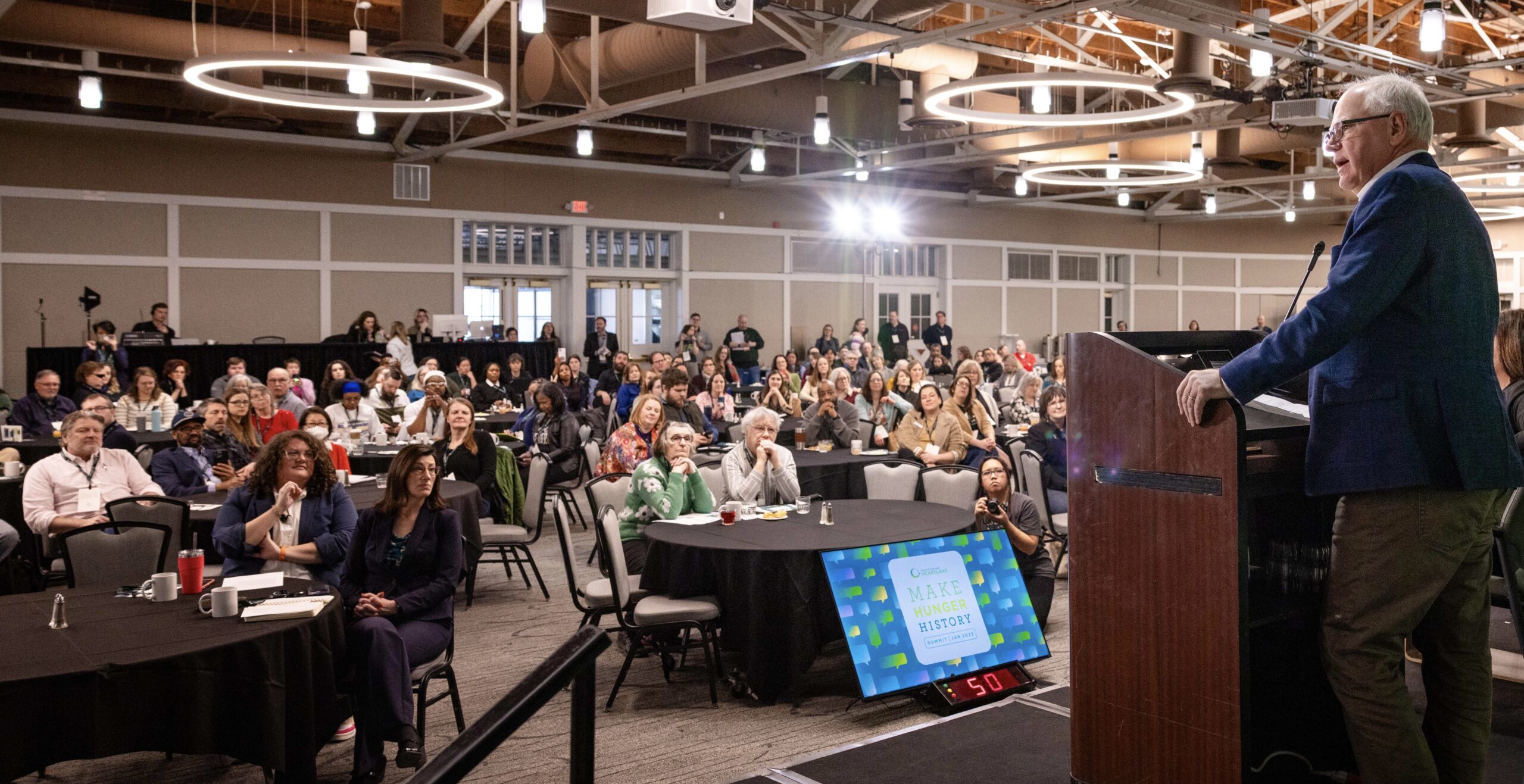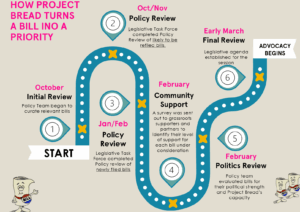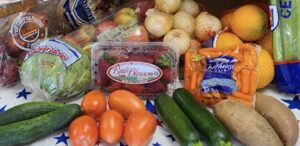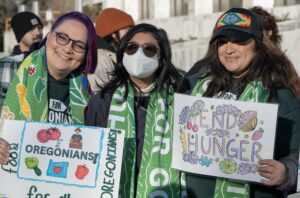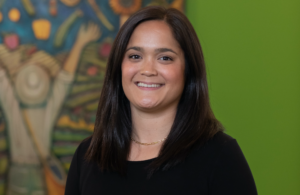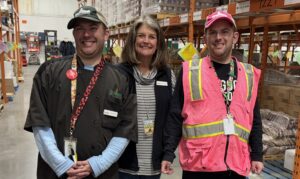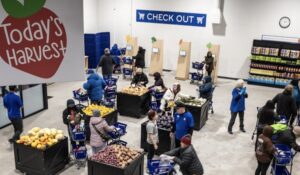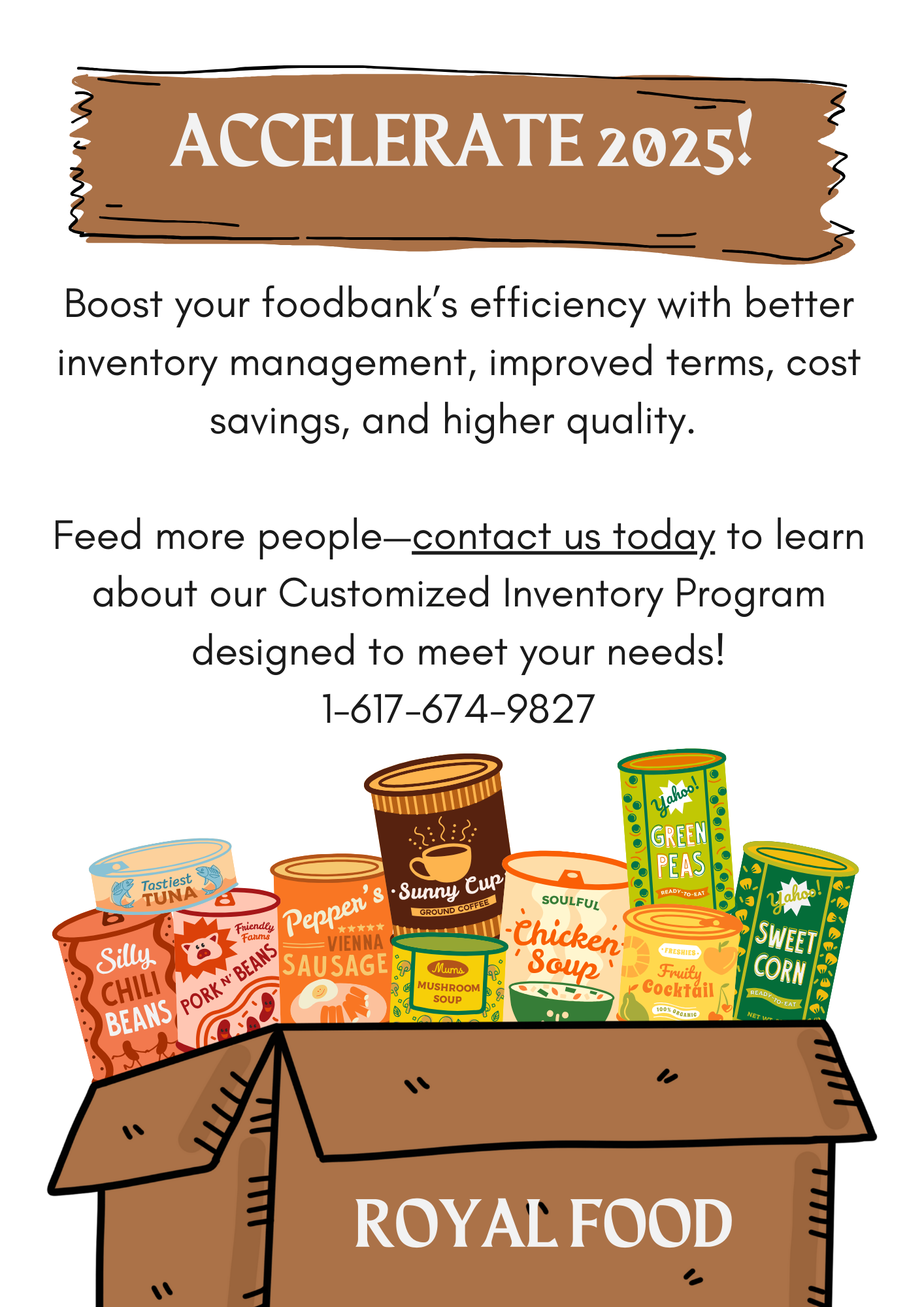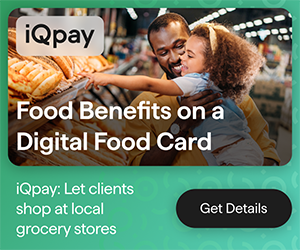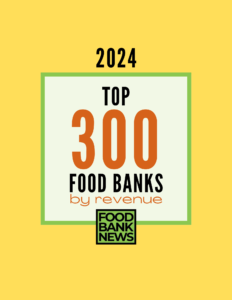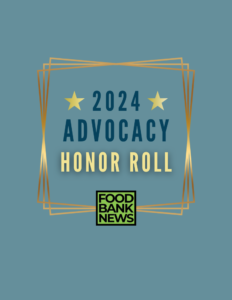Food banks are keeping calm and carrying on amid uncertainty around directives from the new administration that could threaten federal hunger relief programs.
The federal government foots the funding for a host of feeding programs, including TEFAP to provide food to food banks; SNAP, the behemoth nationwide nutrition assistance program; WIC for women and children, school lunches and much more. A freeze on federal grants and loans issued in the first week of the new administration raised questions about how such programs would be affected. But details about any potential impact didn’t have time to emerge before a court order temporarily blocked the freeze.
While the block paused any immediate threat posed by the freeze, tremendous uncertainty remains. The administration maintains that funding programs are still under review, to ensure they fit with the administration’s agenda. And regardless of a funding freeze, programs such as SNAP remain vulnerable to any one of a number of legislative actions that could mute their impact.

Food banks are taking the commotion in stride. “We’ve been through lots of transitions, lots of crises, lots of disasters,” said Michael McKee, CEO of Blue Ridge Area Food Bank in Virginia. “We know how to put our heads down and get the work done.”
As the noise in Washington builds, food banks are putting increased emphasis on statewide initiatives. In Virginia, Blue Ridge Area Food Bank is directing “a lot of energy” into working with its fellow food banks on statewide efforts, including legislative gains, collaborative programming, joint fundraising and developing coalitions with non-food providers. “I think that’s keeping us grounded,” McKee said.
In Minnesota, Second Harvest Heartland at the end of January hosted a summit (see photo, top) that gathered the state’s hunger relief and human services organizations together in an effort to forge new collaborations. At the summit, the food bank revealed the findings of its statewide hunger study, which found that one in five Minnesota households cannot afford the food they need.
“We’re being as proactive as we can be, at a time when there are a lot more questions than answers,” said Allison O’Toole, CEO of Second Harvest Heartland. She noted that hunger is a “unifying issue” and the summit helped to bring a wide variety of problem solvers to the table.
In Oregon, the Oregon Food Bank is “leaning in” to an effort started in 2022 that has brought together more than 160 organizations to advocate for a statewide program that would give SNAP-like benefits to immigrants who are currently excluded from the federal program. “This is a moment for us in Oregon and in states that have similar values to really lean into local solutions,” said Andrea Williams, President of Oregon Food Bank.
At the same time, food banks are keeping a watchful eye on moves by the federal government that could impact their funding. Williams said the food bank has scoped its sources of federal funding to understand the impacts it might face. Forty percent of charitable food in Oregon comes from TEFAP, Williams said, “so there’s lots of potential risks that we see.”
The program that Williams and other food banks say they are watching most closely is the USDA’s Local Food Purchase Assistance (LFPA) program, which provides funding for food banks to purchase from local underserved farmers, often people of color. LFPA programming has flourished, gaining wide favor among both food banks and farmers. However, it appears to run the risk of falling afoul of the administration’s orders to end diversity, equity and inclusion programs.
But Scott Carter, President and Chief Strategy Officer at Conduit Government Relations, said that he didn’t think LFPA would get caught up in the administration’s DEI purge. The definition of underserved individuals, as per the USDA, includes those who live in rural areas or are otherwise adversely affected by persistent poverty, he noted. “A lot of people don’t realize that underserved people in communities includes veterans, rural people and seniors,” he said.
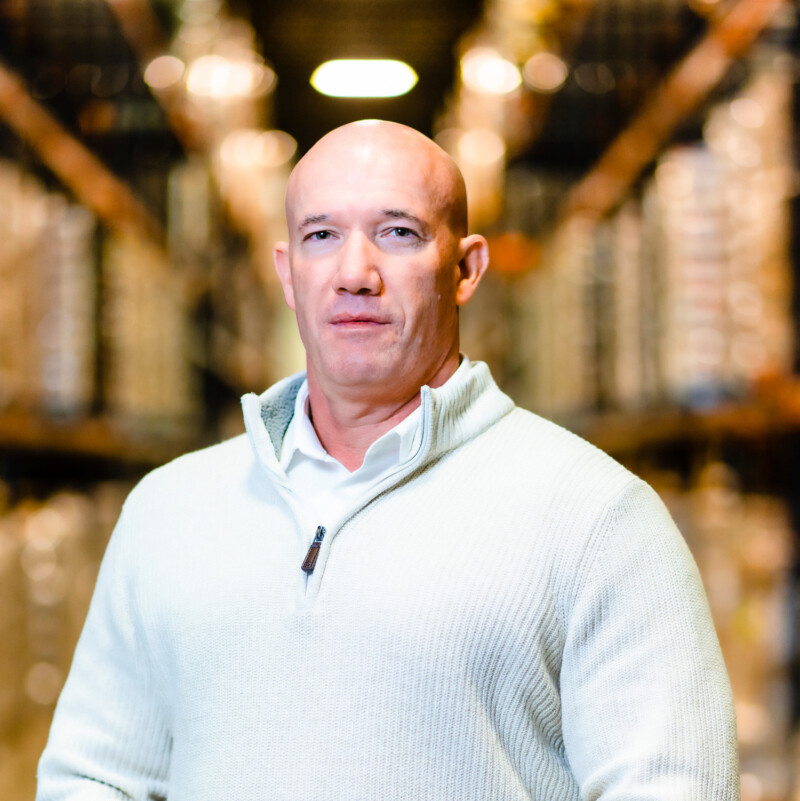
Clarity around government efforts like Medicaid 1115 waivers, which have important implications for the future of Food is Medicine initiatives, is also in short supply. R.J. Briscione, Principal at Health Management Associates, said during a recent webinar hosted by the Medicaid Food Security Network, that he did not expect any 1115 waivers to get approved by states during the current administration.
But McKee of Blue Ridge Area Food Bank was more optimistic, noting that the need to address social determinants of health remains. “It’s not like the government or this administration is going to walk away from the accountable care model that is going to force providers and plans to really do something to address social determinants of health – and food insecurity is really at the top,” McKee said. He added, “When you wave away all the smoke and disregard the noise, I’m as optimistic about this as I was six months ago.”
Trade tariffs being implemented by the new administration could also have implications for food banks. During the first round of the current administration, food banks were the beneficiaries of a program that supported farmers adversely impacted by tariffs by purchasing their surplus food at fair-market prices and redistributing it to food banks. But the upside of the so-called trade mitigation food could well be offset by tariffs causing higher prices at the grocery store in the first place. “If you get negatives on consumer pricing, then it just pushes more need into the charitable sector,” noted Joe Slater, Chief Operating Officer of Gleaners Food Bank of Indiana.
Gleaners has worked hard over the past several years to diversify its revenue stream, which Slater believes positions it well to handle the uncertainties of the current administration. At this time, only about 10% of Gleaners’ food comes from TEFAP, which lessens the blow of any change in funding. “We want to have as much of a diversified revenue stream as we possibly can,” Slater said. “In times like this, it pays off.” – Chris Costanzo
PHOTO, TOP: Second Harvest Heartland gathered hunger relief partners from around the state at a summit aimed at fostering local collaborations.
Like what you’re reading?
Support Food Bank News
